
It’s the one we’ve all been waiting for: the second of three major exhibitions spanning the five-year Centre Pompidou x West Bund Museum Project finally arrived at the West Bund Museum in late July and runs through February 2023.
Tracing modern and contemporary art history with more than 150 works on loan from the Centre Pompidou collection in Paris, The Voice of Things – Highlights of the Centre Pompidou Collection Vol II looks at objects in art and the concepts associated with them.
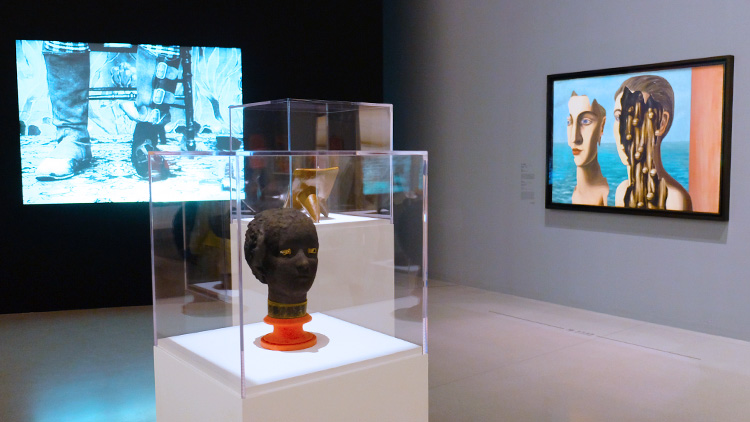
Photograph: Yu Zhiming
Instead of focusing on a single artist or art movement, this ambitious exhibition offers viewers an in-depth overview of art from the beginning of the 20th century to the present day through a whopping 18 chapters spread across two galleries. The first half introduces iconic artists and works that challenged traditional concepts of what constituted art, while the second part explores the role objects play in art under the influence of consumer culture.
Here are three reasons why you shouldn’t miss this exhibition (including a checklist of must-see artworks).
1. It’s a chance to see the works of Pablo Picasso, Marcel Duchamp and more of the greats under the same roof
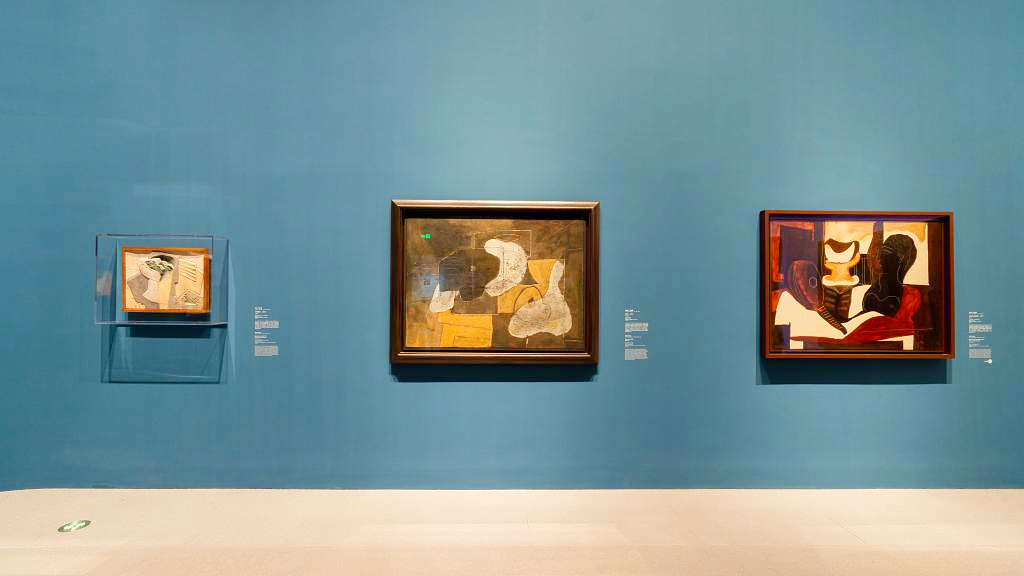
Photograph: courtesy West Bund Museum (The Voice of Things – Highlights of the Centre Pompidou Collection, installation view)
While travelling to Paris is out of the question for many of us right now, the exhibition has brought a slice of Paris to Shanghai. Curated by the then-director of the Musée National d’Art Moderne, Bernard Blistène (who retired after curating this show), the exhibition is filled with priceless works that shaped the course of Western art history.
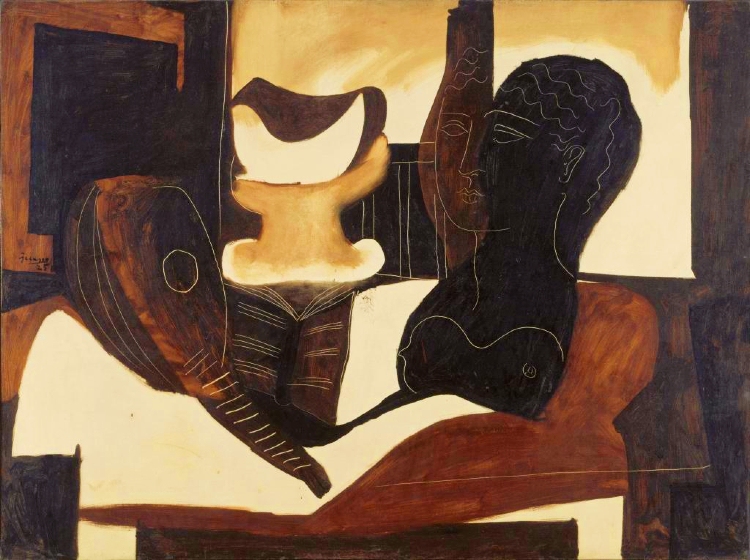
Photograph: courtesy Centre Pompidou, Paris and Musée national d’art moderne – Centre de création industrielle (Pablo Picasso, Nature morte à la tête antique [Still Life with Antique Bust], 1925, Oil on canvas, Gift of M. Paul Rosenberg, 1946)
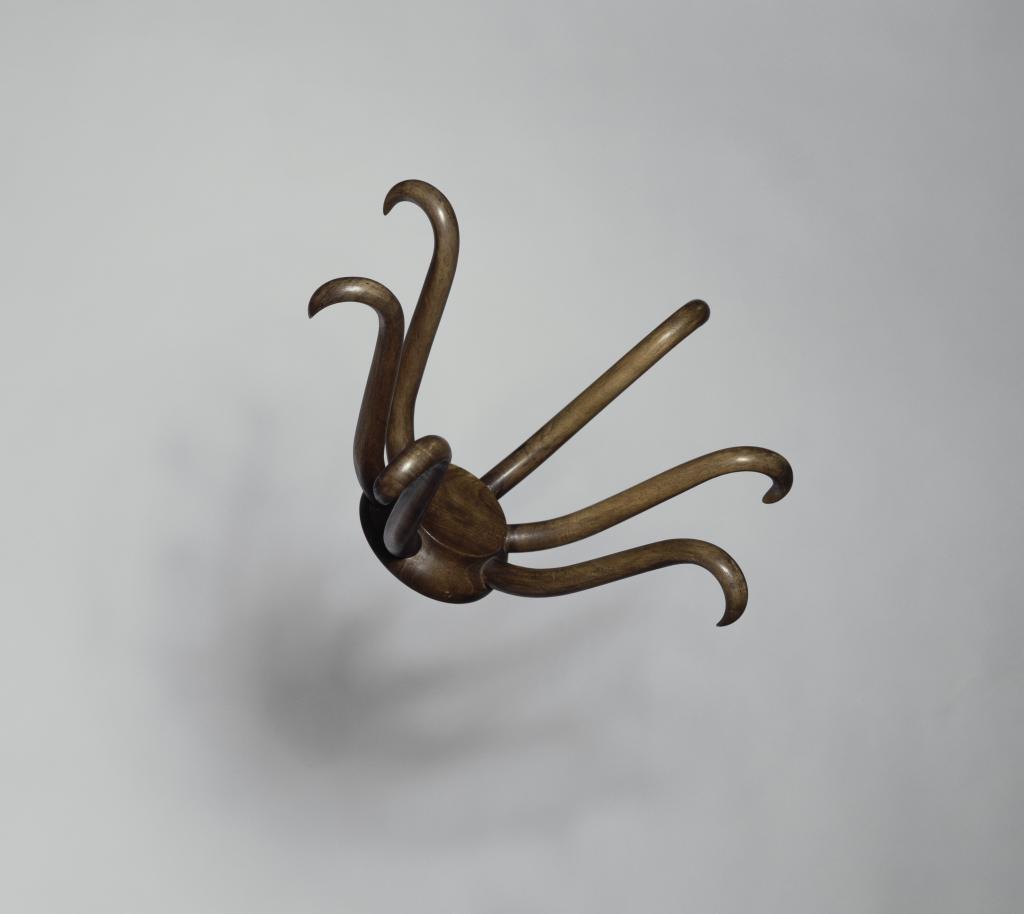
Photograph: courtesy Centre Pompidou, Paris, Musée national d’art moderne – Centre de création industrielle (Marcel Duchamp, 1887, Blainville-Crevon (France) – 1968, Neuilly-sur-Seine (France), Hat Rack, 1917/1964)
Upon entering, you’ll see Pablo Picasso’s painting ‘Still Life with Antique Bust’ (1925) depicting objects typically seen in paintings at the time – a fruit bowl, a guitar, a book and an antique bust – but arranged in a new way that critics would later call cubism. In another exhibition hall, you’ll see Duchamp’s readymade work Hat Rack (1917). Originally suspended from the ceiling of his New York studio, this unremarkable hat rack, like many of Duchamp’s works, is stripped of its normal function as the world enters modernity.
2. To get a deeper understanding of how art has evolved through the ages

Today it’s hard to imagine how striking it must’ve been when Marcel Duchamp exhibited ‘Bicycle Wheel’ (a bicycle wheel on a stool) in an art gallery more than a century ago in 1913. As simple an idea as it was, the artist was shaking up the art world by presenting what he called ‘readymades’ – often mass-produced objects isolated from their intended use and elevated to the status of art – to an establishment that maintained an old value system of what could constitute art. The most (in)famous readymade is probably Duchamp’s ‘Fountain’ (1917), which is essentially a porcelain urinal signed ‘R. Mutt’.
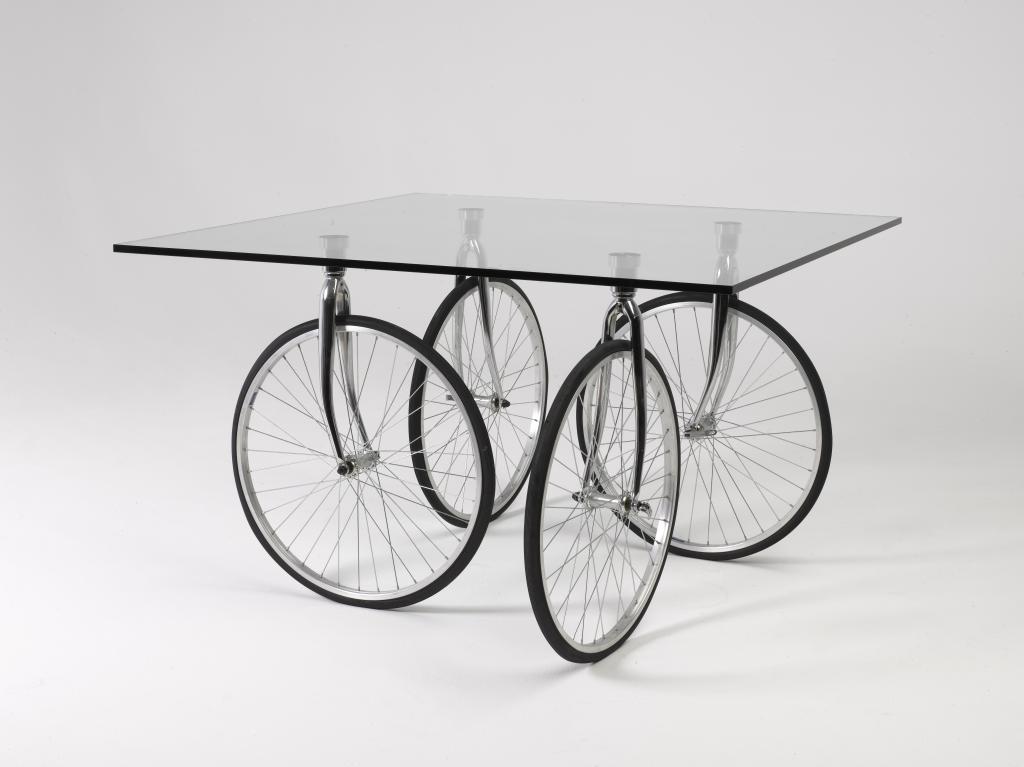
Photograph: Centre Pompidou, Paris, Musée national d’art moderne – Centre de création industrielle (Gae Aulenti, 1927, Palazzolo dello Stella (Italy) — 2012, Milan (Italy), Tour table, 1993)
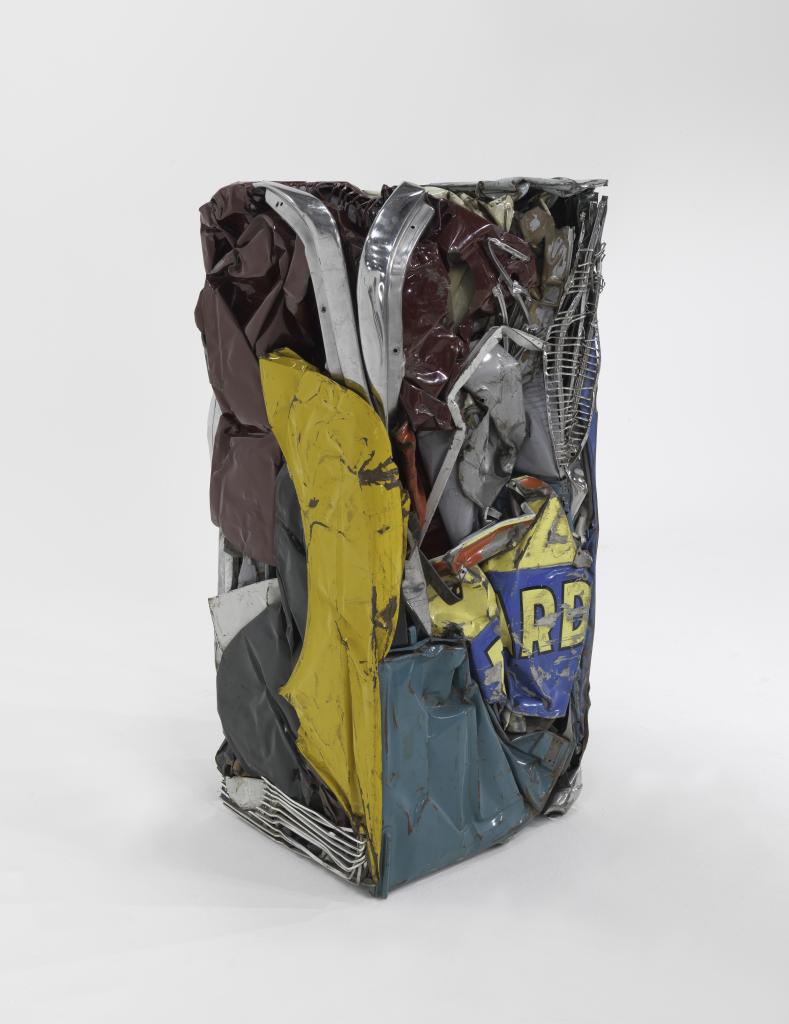
Photograph: Centre Pompidou, Paris, Musée national d’art moderne – Centre de création industrielle (Gae Aulenti, 1927, Palazzolo dello Stella (Italy) — 2012, Milan (Italy), Tour table, 1993)
As the definition of art continued to evolve into the ’50s, the industrial trend started to emerge – and is still going strong today. Showcasing the style, one section of the exhibition (arguably the most Instagrammable) has quirky industrial-inspired furniture lining both sides of the corridor: Pier Giacomo and Achille Castglioni’s ‘Sella’ (1957, a stool with a bicycle saddle) and ‘Mezzadro’ (1957, a stool with tractor seats); Gae Aulenti’s ‘Tour Table’ (1993, a glass table with for bicycle wheels); Michele de Lucchi’s ‘Lampe Treforchette’ (1997, a porcelain-based lamp with the lampshade supported by three curving forks); and Gianni Pettena’s ‘Wearable Chairs’ (1971, 2011, 2016) designed to be carried like backpacks.
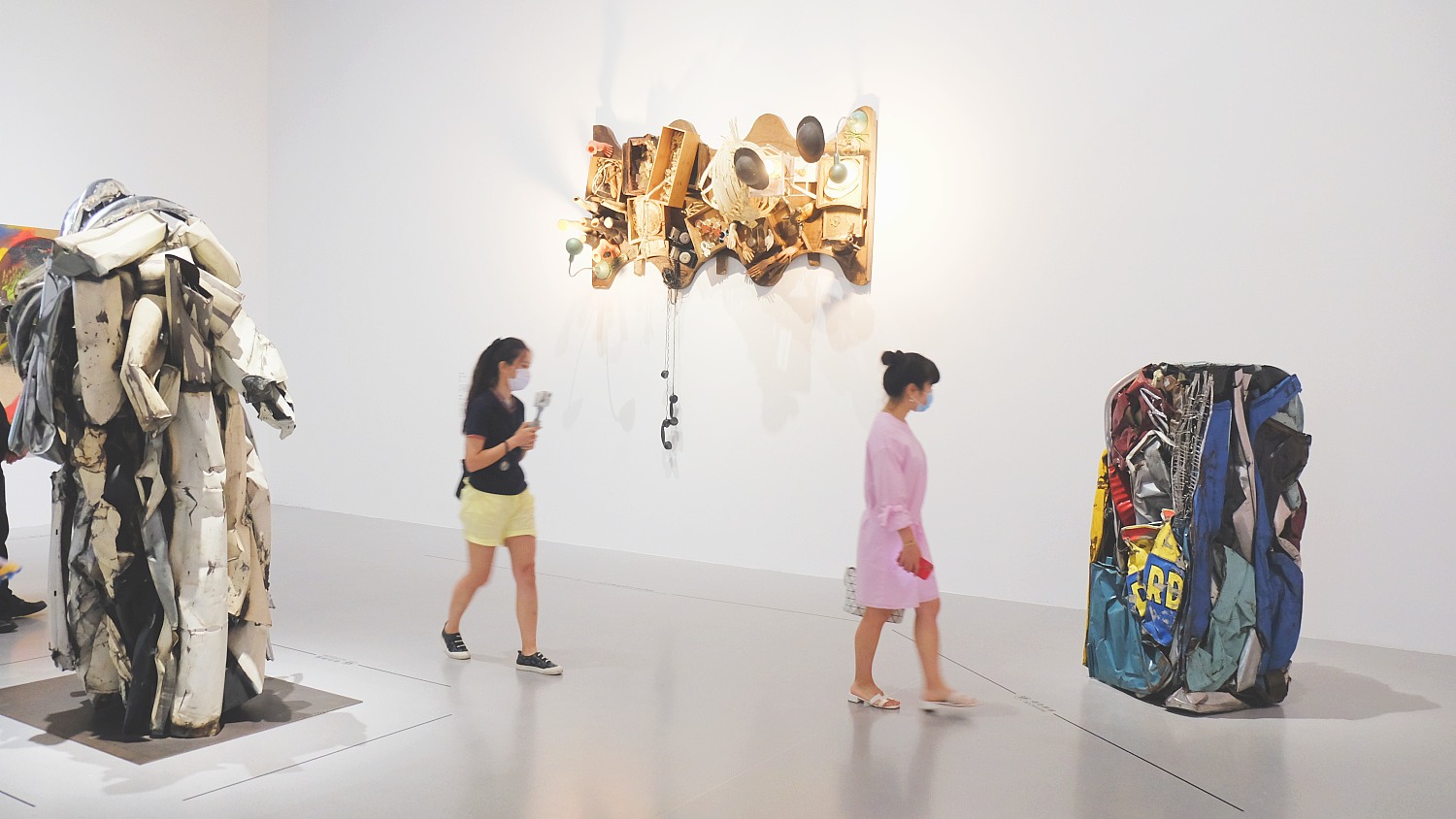
Entering the second part of the exhibition, which features works from the ’60s onwards, the styles continue to become more diverse as artists explored bold new ways to enlarge, fill, wrap, compress, repurpose and replicate objects (some of the trailblazers literally made art out of trash). There’s Claes Oldenburg’s life-size replicas of consumer goods in ‘Ghost Drum Set’ (1972), Arman’s sculpture ‘Fagot de Clarinettes’ (1976) made by forging together a collection of musical instruments, ‘Package on a Table ‘(1961) by Christo that reveals a fascination with taping and wrapping objects, and one of Nouveau Réalisme’s key figures César’s Compression ‘Ricard’ (1962) that conpressed three car bodies into a dense metal block.
3. It’ll make you think about consumerism and what’s next
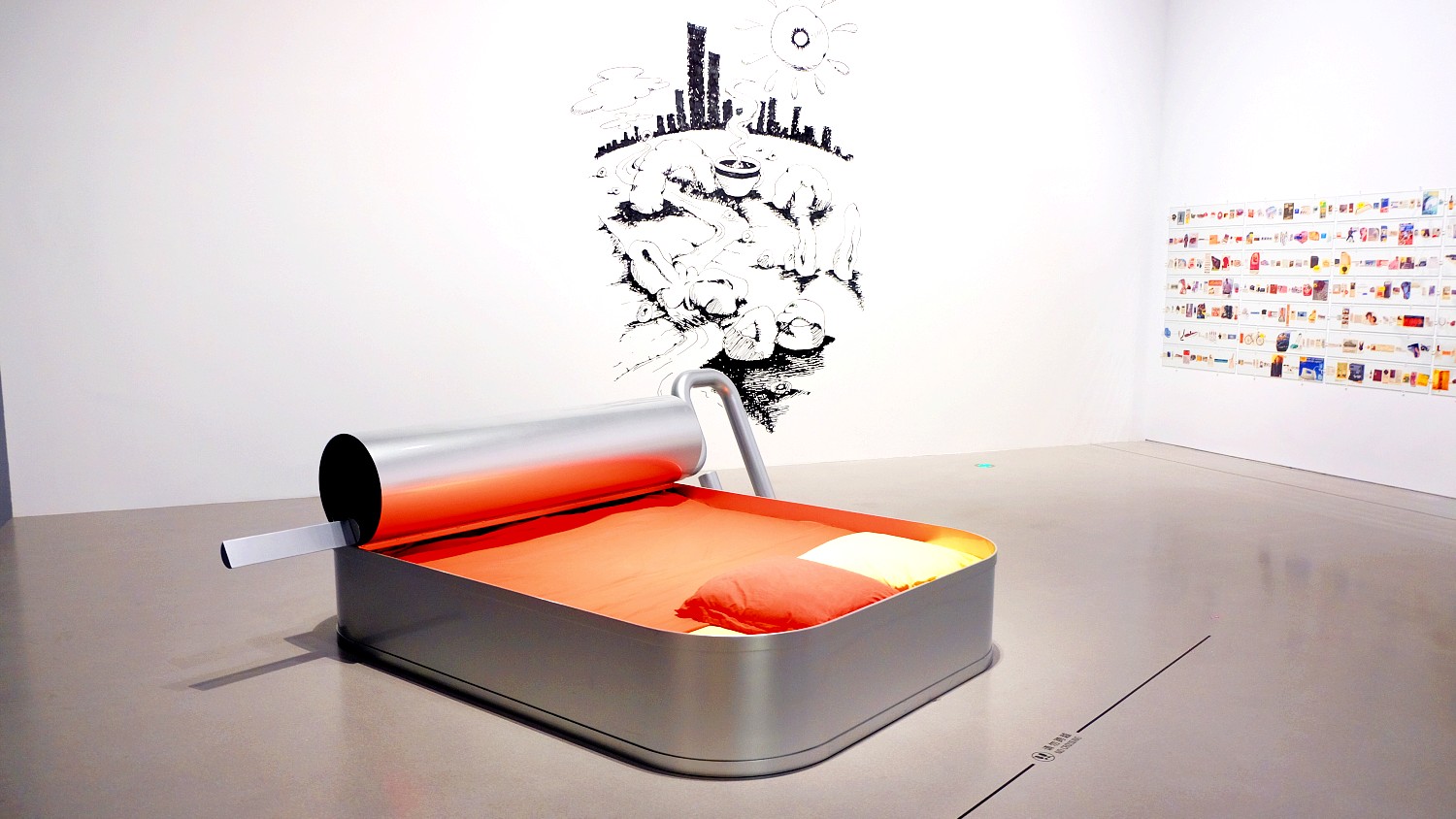
Photograph: Yu Zhiming
The last part of the exhibition might be the most relatable to us all. Living in a society inundated by objects, many of us don’t know what it was like before the reign of consumerism – and this will make you question that. Check out Franck Scurti’s ‘N.Y., 06: 00 A.M.’ (1995-2000) in which a king-sized bed shaped like an open sardine can is accompanied by a large mural depicting a dream scene of breakfast with doughnuts and hot coffee. Portraying consumerism’s ability to seep into every aspect of our lives (even our dreams), it leaves you wondering if we could ever escape it.
Walk a bit further and you’ll see Claude Closky’s large-scale collage ‘From 1 to 1000 Francs’ (1993), for which the artist collected and cut out product images from all kinds promotional brochures, lined them up in order of value (from one to a thousand Francs) and pasted them on a ten-metre mural – a reference to unfettered consumption, perhaps?
Whether you want to see works by some of the biggest names in modern and contemporary art or take a deep dive into consumer society, this is an exhibition you’ll want to see.
